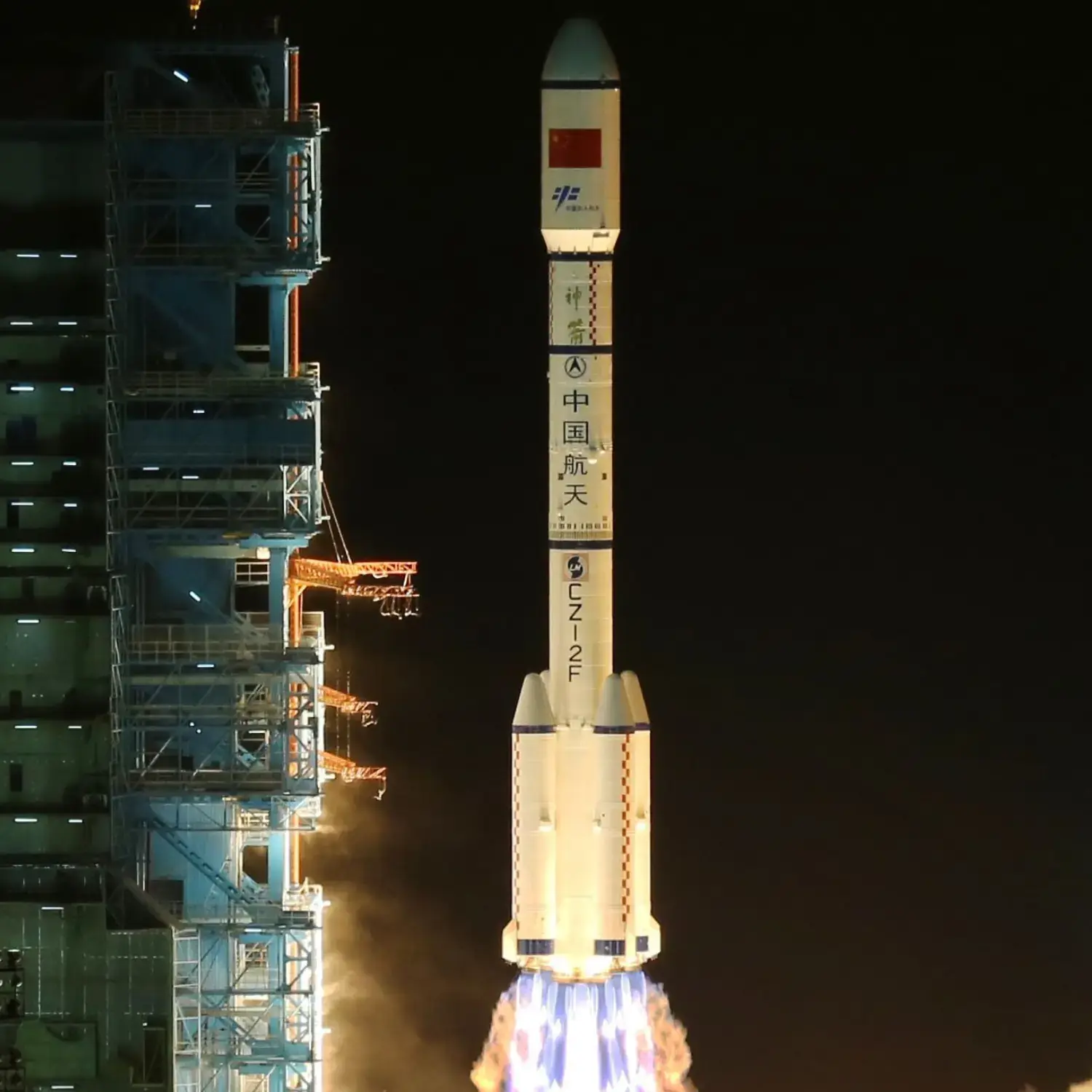/
Tiangong-2
Launch Success
Liftoff Time (GMT)
14:04:12
Thursday September 15, 2016
Watch Replay
Official Livestream
Mission Details
Read Article
Launch Notes
Second Chinese space station.
Tiangong-2
Tiangong-2 (Chinese: 天宫二号) was a Chinese space laboratory and part of the Project 921-2 space station program. Tiangong-2 was launched on 15 September 2016. It was deorbited as planned on 19 July 2019. Tiangong-2 was neither designed nor planned to be a permanent orbital station; rather, it is intended as a testbed for key technologies that will be used in the Chinese large modular space station, which is planned for launch between 2021 and 2022. During the 30 days the two astronauts were aboard Tiangong-2, they conducted a number of scientific and technical experiments on the physiological effects of weightlessness, tests on human-machine collaboration on in-orbit maintenance technology, and released an accompanying satellite successfully. Accompanying photography and near-distance fly-by observation were also carried out. They collected abundant data and made some achievements in programs of gamma-ray burst polarimeter, space cold atomic clock, and preparation of new materials. Shenzhou 11 separated from the orbiting Tiangong-2 space lab on 17 November, reentry module landed successfully at the expected site in central Inner Mongolia Autonomous Region at about 13:59 Beijing Time. On 22 April 2017, the cargo vessel Tianzhou-1 successfully docked with Tiangong-2 marking the first successful docking and refuelling with the orbiting space laboratory.[20] It subsequently performed a second docking and refueling on 15 June 2017. On 12 September 2017, Tianzhou-1 performed the third and final docking and refuelling with Tiangong-2, with what is termed a fast docking which took 6.5 hours, rather than 2 days, to complete. In June 2018, Tiangong-2 performed orbital maneuvers lowering the orbit to 292 × 297 kilometers, likely in preparation for deorbiting. It then returned to its usual orbit. The station subsequently made a controlled reentry on 19 July and burned up over the South Pacific Ocean.
Low Earth Orbit
1 Payload
8,600 kilograms
Rocket


Agency
CASCRocket
Height: 52.03m
Payload to Orbit
LEO: 8,600 kg
GTO: 0 kg
Liftoff Thrust
5,985 Kilonewtons
Fairing
Diameter: 3.8m
Height: 12.78m
Stages
2
Strap-ons
4
Launch Site
Stats
Long March 2F
12th
Mission
1st
Mission of 2016
2016
58th
Orbital launch attempt